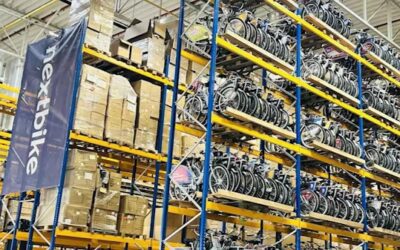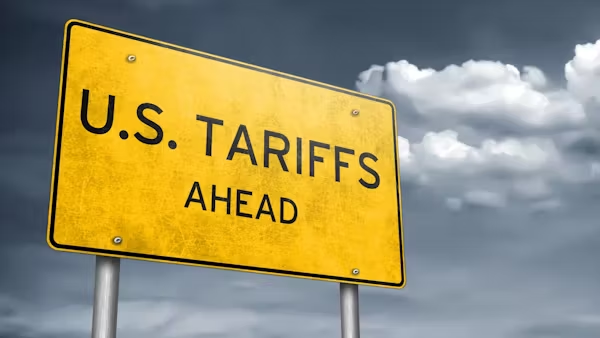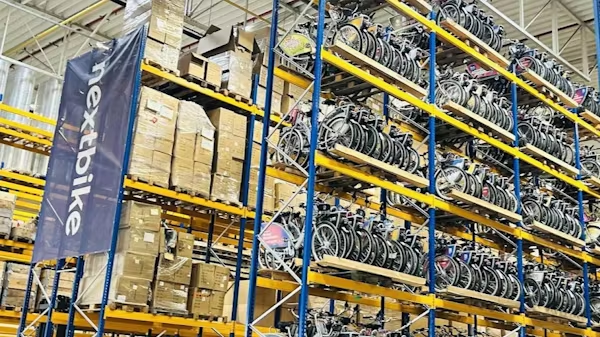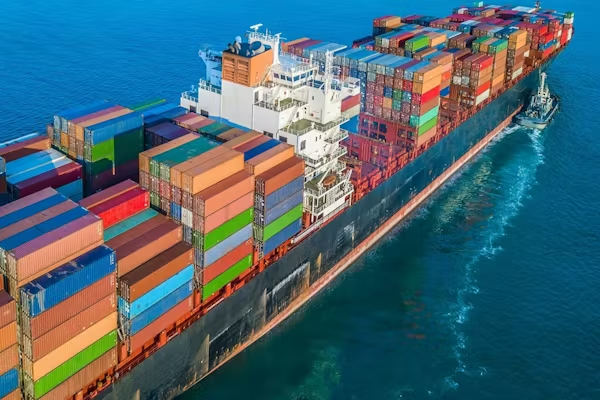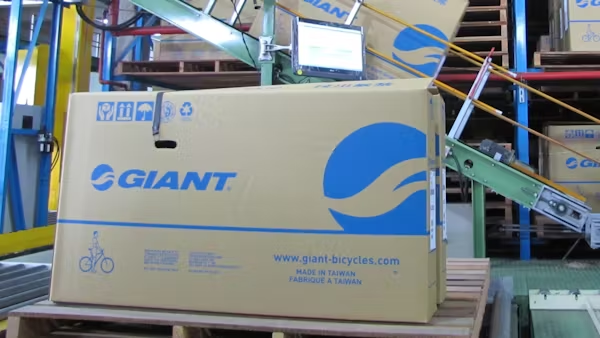Cycling in Uncertain Times: The Impact of New Tariffs
In a world where cycling has become a major component of sustainable living, recent news from Washington DC has sent ripples through the bicycle industry. The newly announced reciprocal tariffs by the Trump administration have created a sense of uncertainty within the sector. As lovers of all things on two wheels, it’s essential to understand how these changes will affect our cycling community, from avid enthusiasts to casual riders.
Understanding the Tariff Landscape
The latest tariff proposal insists that all bicycles entering the United States will face some level of tax unless they are manufactured domestically—a tall order in an industry heavily reliant on international supply chains. The intricacies of this tariff ordeal have left many wondering how this will affect their next bicycle purchase. With increased costs looming for importers, consumers could see rising prices, affecting the availability of bicycles and components in local shops. For cyclists who are eagerly awaiting the launch of the latest bike models, this news feels like a flat tire on a planned weekend ride.
What the Industry Is Saying
Major players in the bike industry have voiced their concerns, highlighting the potential risks associated with these tariffs. Many industry experts fear that such policies could lead to a stagnating retail market. As prices rise, consumers could hesitate to make new purchases, affecting sales across the board. Manufacturers who have built their businesses on international partnerships may face tighter profit margins, potentially forcing them to rethink production models. The outcome? A market that may shift away from innovation and affordability—elements that have made cycling accessible for all.
What This Means for Cyclists
For cyclists, these tariffs could mean more than just increased prices for new bikes. Accessories, spare parts, and even cycling apparel may also see a price hike. As enthusiasts, we thrive on having options, whether that be upgrading our current bikes or simply acquiring new gear. As the market adjusts to these tariffs, consumers could experience scarcity, making it challenging to find that perfect helmet or trusted bike pump at a reasonable cost.
Additionally, local bike shops—the lifeblood of many cycling communities—might struggle to keep their shelves stocked, leading to fewer choices for consumers. This could have a domino effect, where the lack of affordable options discourages casual riders from joining our cycling ranks.
Personal Insight
From my experience in the cycling community, I suggest that now is the time to think strategically. Before you consider purchasing a new bike or gear, assess your current needs and explore local shops that might offer pre-owned options or last season’s models at discounted prices. It’s crucial to support local businesses during this uncertain period, as they will play a significant role in keeping the cycling culture alive.
Time to Adapt and Advocate
In conclusion, these new tariffs are likely to reshape the cycling landscape in the United States, bringing both challenges and opportunities. As cyclists, we must stay informed and adapt to the changing market conditions. Whether it’s advocating for fair trade practices or simply supporting our local bike shops, our actions will contribute to the future of our beloved cycling community. As we navigate these uncertain times, let’s remain passionate, stay connected, and continue to ride towards a sustainable future.
Original article: Click here



